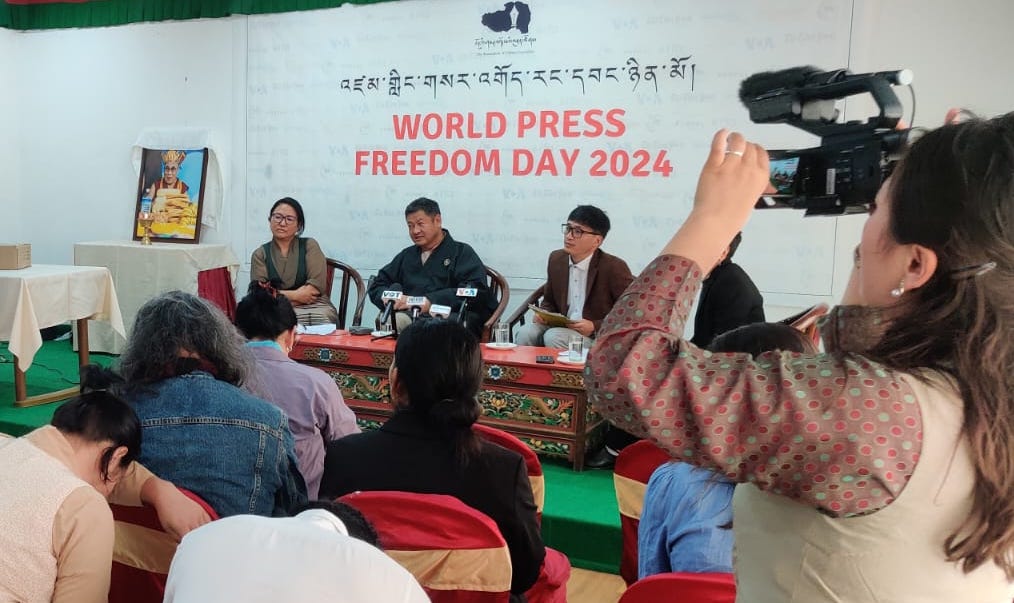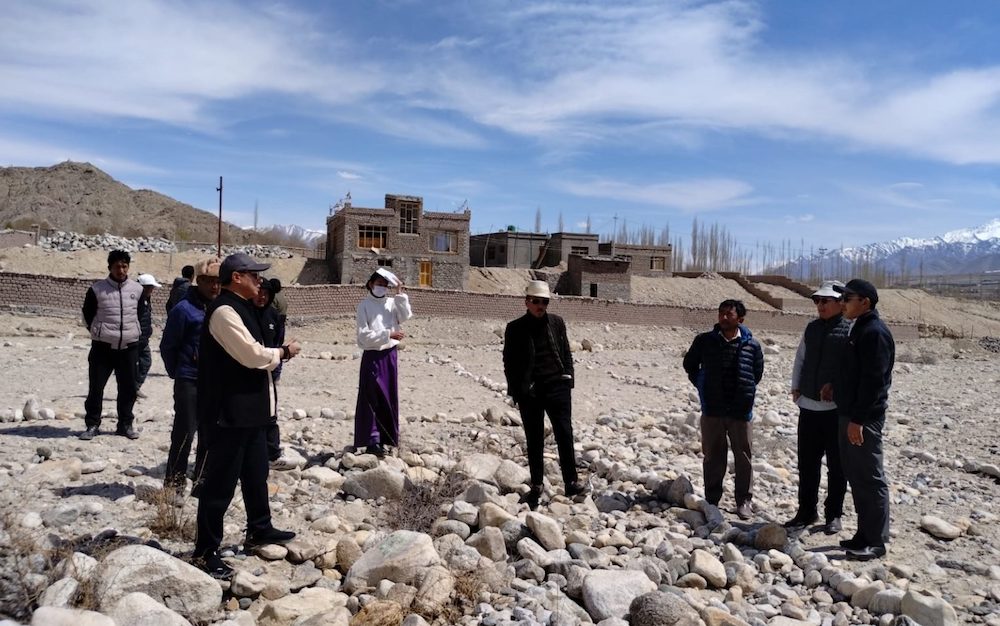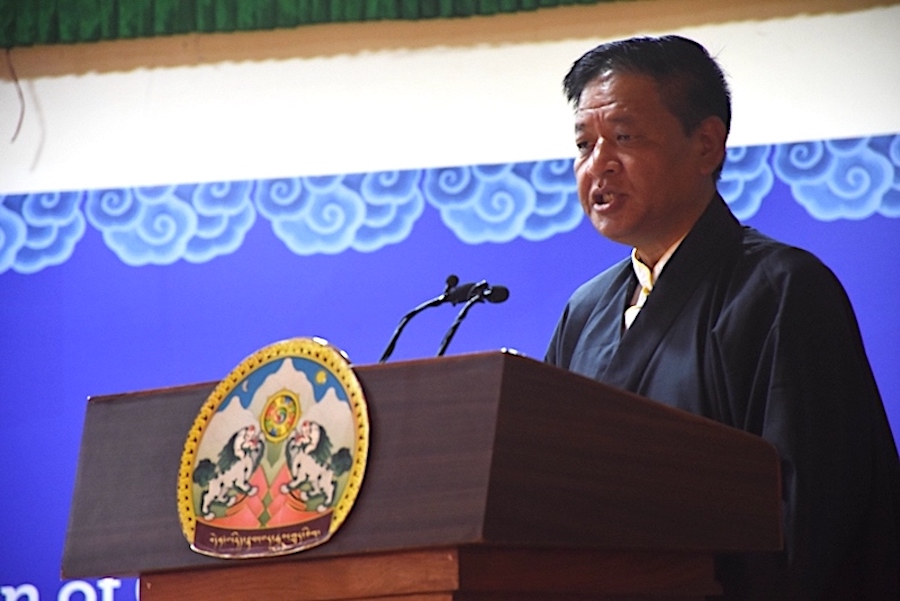 by Jeany Llorente
by Jeany Llorente
Las Cruces – About 50 million years ago, India collided with Asia producing the high Himalayas and Tibetan plateau, a natural laboratory for studying continental collision. During the collision, the Indian lithosphere was dragged down beneath the southern edge of Asia, but how much it was extended beneath Tibet is highly debated.
Recent findings from the International Deep Profiling of Tibet and the Himalaya (INDEPTH) project have revealed a high-velocity vertically oriented zone in central Tibet ranging from 100 to 400 kilometers in depth. This feature may represent the Indian lithosphere that was dragged down into the mantle at the start of the collision, which can account for most of the shortening between India and Asia.
“Eventually, India and the stable part of Asia will meet if India keeps advancing northward while displacing Asian mantle away from its path,” said James Ni, Gardiner professor of physics and geophysics at New Mexico State University.
Ni is one of two leading authors of an article titled “Seismic Imaging of the Downwelling Indian Lithosphere Beneath Central Tibet,” which appeared in the May 30 issue of Science magazine, a publication of the American Association for the Advancement of Science.
The article discusses the findings of INDEPTH, a project with three different phases thus far.
INDEPTH is a multi-national and multi-institutional consortium that started a decade ago to investigate the India-Asia collision.
“It is important to know how continents form, how the mantle behaves and how the dynamics of the deeper part of the earth is associated with the surface features,” Ni said.
When the project began, the seismic team identified and traced the deep geometry of the Indian continental lithosphere beneath the Himalayas.
The initial success of the project led to two subsequent field efforts, which deployed about 80 seismometers in central and southern Tibet. The team encountered friendly Tibetans offering to help.
The main discoveries of INDEPTH II revealed that the Indian lithosphere underthrusts beneath southern Tibet. Some of the key results from INDEPTH III were geophysical evidence of high conductivities in the middle crust throughout the transect area, which suggest that the crust in Tibet is hot and partially melted.
INDEPTH IV is still in the planning stage. Its purpose is to study the northern boundary of the Tibetan plateau.
The group hopes the project will continue as an international collaboration between scientists of the Chinese Academy of Geological Sciences of the Ministry of Land and Resources and scientists from a diverse group of U.S., German, Canadian and Irish institutions. The group is looking for financial support for the project.









